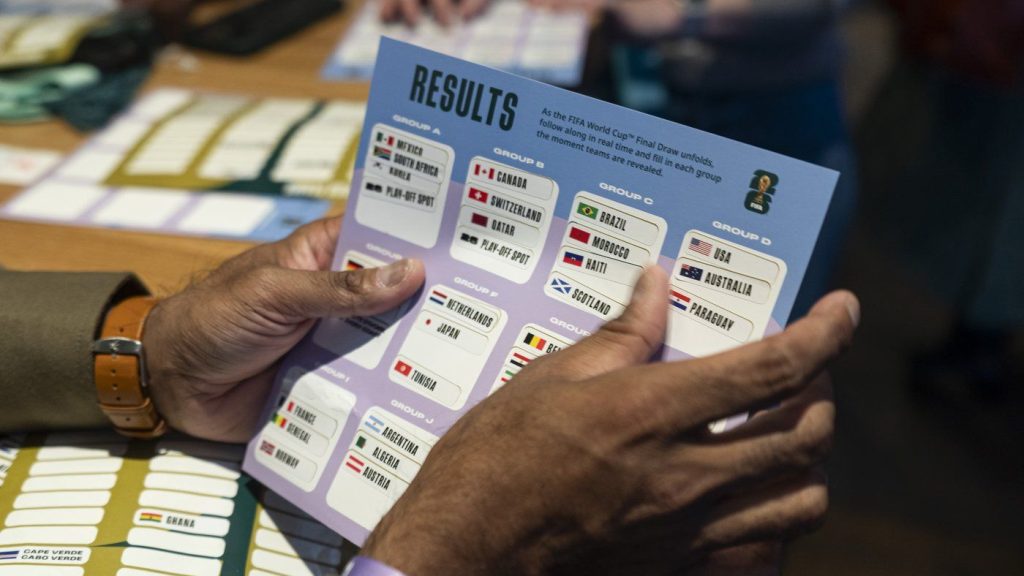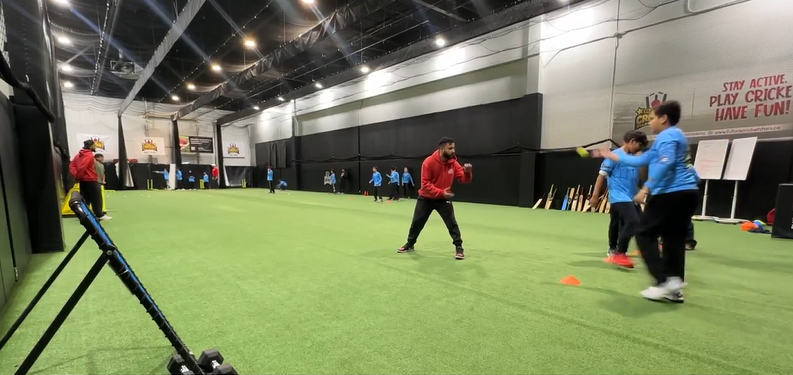Bodychecking experience doesn’t prevent teen injury in hockey: study

Posted Jun 20, 2022 4:03 pm.
Should younger kids be allowed to bodycheck in hockey games or wait until they’re older to stave off injuries?
A new study from the University of Calgary suggests that young hockey players with years of bodychecking experience are at a significantly higher risk of getting hurt compared to those who have less experience.
“We have pretty strong evidence that if you disallow bodychecking you’re going to reduce injury, and you’re going to reduce concussions specifically,” said Dr. Paul Eliason with the Sport Injury Prevention Research Centre (SIPRC) at the University of Calgary’s Faculty of Kinesiology.
“Despite that strong evidence, there are some people in the hockey community that believe bodychecking should be introduced sooner because that bodychecking experience will protect them from injuries and concussions.”
The study shows that rates of concussion and serious injury are twice as high among 15 to 17-year-old players who have at least three years of experience playing contact hockey.
“More bodychecking experience is not protective of injury or concussion,” Eliason said.
Bodychecking experience does not lower the risk of injury for teen hockey players finds new @uofcknes study, providing important evidence for recent and future policy decisions https://t.co/pmBpvkKo90 #UCalgary pic.twitter.com/u8ZeWxHpbE
— U Calgary (@UCalgary) June 20, 2022
The study also found that concussions account for about a third of all hockey injuries among young players.
“We know that about a third of youth who experience a concussion will go on to have long-term symptoms from concussions — lasting longer than a month,” Eliason added.
Besides concussions, Eliason says the study looked at other injuries such as sprains, strains, broken bones, and bruises.
The university worked with Hockey Canada, Hockey Alberta, and Hockey Calgary on the research.
Kevin Kobelka, director of Hockey Calgary, says the organization supports the findings of the study.
“We’ve worked with the University of Calgary research group for quite some time, and over that time we’ve made a number of different decisions regarding our programs,” Kobelka said.
“I think the one thing we want to do is keep the game safe and give opportunities for everybody to play. In Calgary, we’ve found the right balance between having bodychecking leagues and non-bodychecking leagues.”
READ MORE:
-
Canadian soccer star Alphonso Davies shares story on World Refugee Day
-
Jarome Iginla’s daughter Jade arrives on international hockey stage
-
Former Calgary Flames trainer Jim ‘Bearcat’ Murray dead at 89
Kobelka adds in the under-13 level of hockey, bodychecking was removed almost a decade ago. He says that move has put a greater emphasis on skill and skill development.
“Even at the U13 level where there is no bodychecking, you are required to take the bodychecking skills course,” Kobelka said.
“We encourage the coaches at those levels to teach some of the angling techniques and stick checking techniques and start progressing them into the bodychecking skills.”
Kobelka says the program, made up of volunteers, is continuously educating its coaches on how to teach young players to take a hit properly and protect themselves.
“It’s a fast game,” he said. “As you get up in levels the game gets faster, so you might have some more experience, but you’re playing at a higher level — unfortunately some injuries are going to happen. We continually need to talk about bodychecking, about the safety, about when our players should bodycheck and not bodycheck, and continue to educate the players, not just the coaches.”
Kobelka adds some NHL players now didn’t have bodychecking in their leagues when they were younger and it hasn’t hurt their game.
“There’re still some darn good players that are playing,” Kobelka said. “The 20 to 21-year-olds now that are playing — the 01′ age category — we’re seeing them in the game and they’re still thriving and they’re some pretty skilled players.”
The study looked at data from 941 hockey players aged 15 to 17 on 186 teams in the province over three hockey seasons. The university says regardless of bodychecking experience, concussions were the most common injury among 15 to 17-year-olds.
“This evaluation provides important evidence for the recent, as well as future, policy decisions regarding bodychecking in youth ice hockey, and helps ensure that no unintended consequences have occurred because of these policies,” Dr. Carolyn Emery, SIPRC chair and co-lead of the University of Calgary’s Integrated Concussion Research Program, said.








